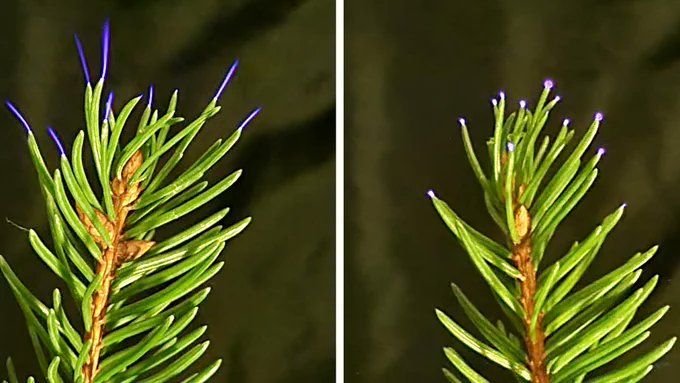
During thunderstorms, leaves from trees and other plants create mini electric discharges that can significantly alter the surrounding air quality through the emission of hydroxyl (OH) and hydroperoxyl (HO2).
When nature’s fury unleashes itself in the form of a thunderstorm, our world undergoes a dramatic transformation. Beyond the awe-inspiring display of lightning bolts and the earth-shaking rumbles of thunder, there is an electrifying phenomenon occurring in our midst—one that can impact air quality in surprising ways.
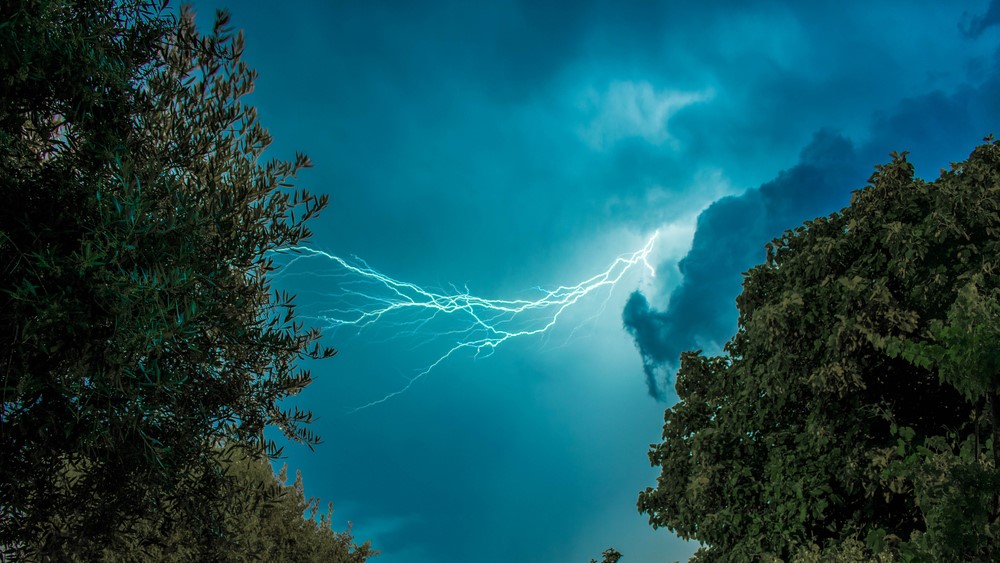
At the heart of this phenomenon is a rather unexpected contributor: leaves from trees and other plants. These seemingly unassuming natural structures become key players in the complex chemistry of the atmosphere during thunderstorms. It’s all about the creation of mini electric discharges, and the resulting emission of hydroxyl (OH) and hydroperoxyl (HO2) radicals.
To understand the connection between thunderstorms, leaves, and air quality, we must delve into the intriguing world of atmospheric chemistry and the role of these tiny radicals.
Electrifying Encounters: Thunderstorms and Lightning
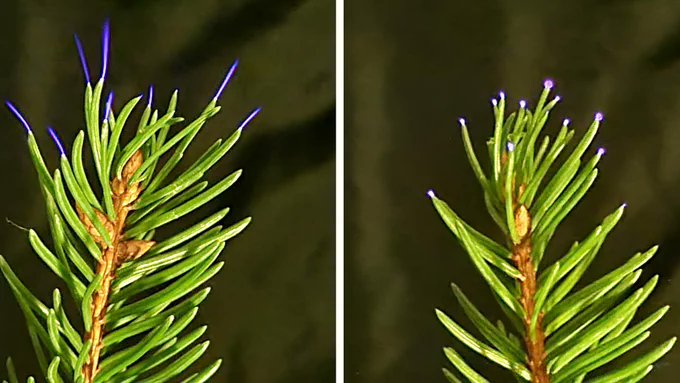
Thunderstorms, often called electrical storms for good reason, are immense displays of electrical activity in the atmosphere. Lightning, which accompanies thunderstorms, is a discharge of electricity that can reach temperatures hotter than the surface of the sun. This spectacular phenomenon arises from the separation of electric charges within storm clouds. The energy released during a lightning strike is truly astonishing, but it’s not the only electrical phenomenon occurring during a storm.
The Surprising Role of Leaves and Plants
While we are well aware of the role of lightning in thunderstorms, the contributions of leaves and plants may come as a surprise. During a storm, rainwater carries electric charges from the atmosphere down to the Earth’s surface. When raindrops fall onto leaves and plant surfaces, they pick up these electric charges. The sharp edges and points of leaves and branches facilitate the discharge of this accumulated energy in the form of mini electric discharges.
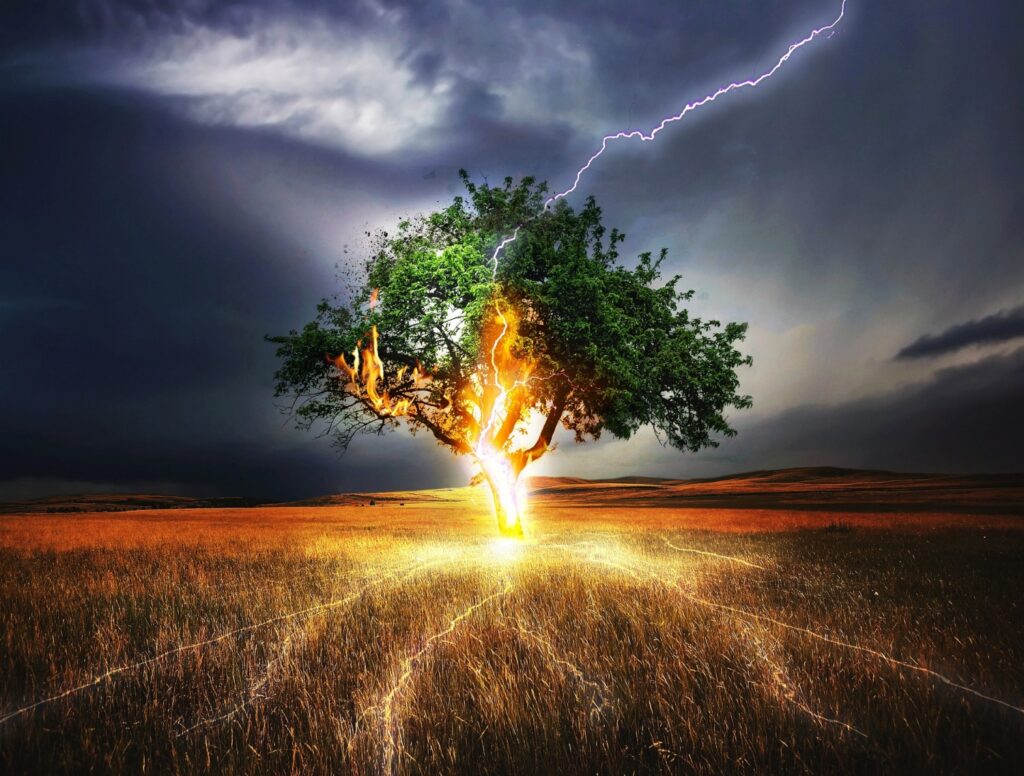
These electric discharges can emit highly reactive hydroxyl (OH) and hydroperoxyl (HO2) radicals into the atmosphere. These radicals are like nature’s cleaning crew, as they play a crucial role in the complex chemistry of the atmosphere.
Air Quality Alterations
The emission of hydroxyl (OH) and hydroperoxyl (HO2) radicals during thunderstorms can significantly affect air quality. These radicals play a pivotal role in several atmospheric processes. For example, they are vital in the removal of various pollutants and greenhouse gases, helping to cleanse the air we breathe.
OH radicals are particularly efficient at breaking down pollutants, such as volatile organic compounds (VOCs), which can contribute to smog formation and poor air quality. By reacting with these compounds, OH radicals can help reduce the concentration of harmful pollutants in the atmosphere.
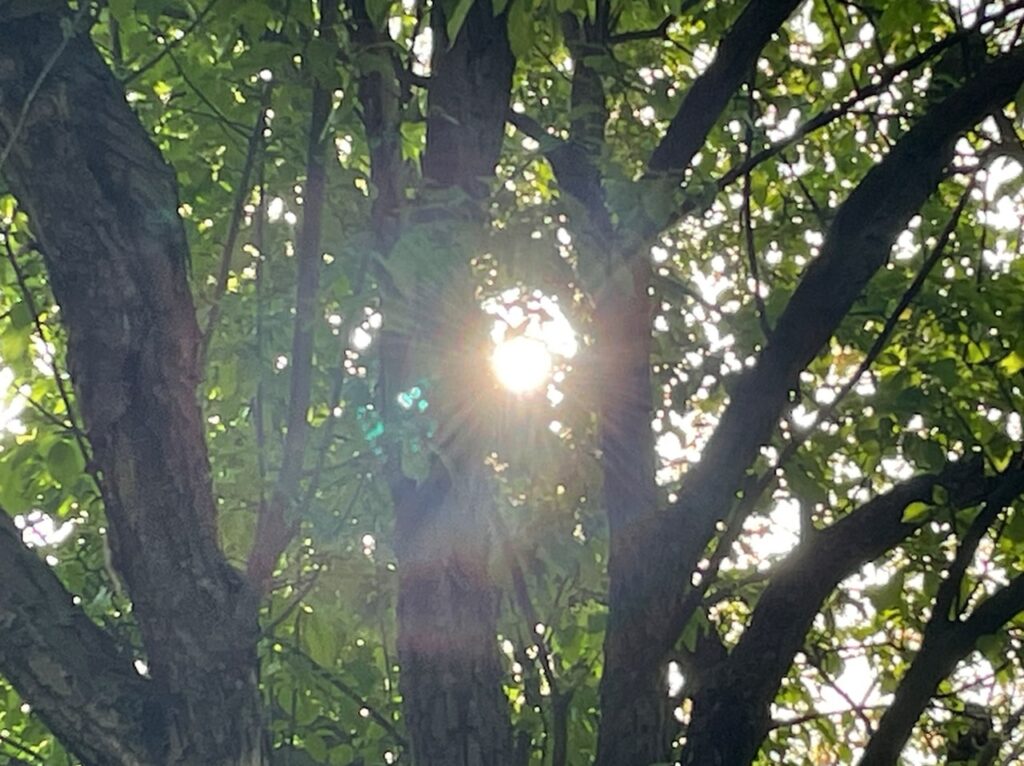
Additionally, HO2 radicals are involved in the complex chemical reactions that lead to the formation of ozone. While ozone high in the atmosphere protects us from harmful ultraviolet rays, ground-level ozone is a major component of smog and can have detrimental effects on respiratory health.
Nature’s Balancing Act
The interaction between leaves, thunderstorms, and air quality is a beautiful example of nature’s intricate balance. Thunderstorms, with the help of plants, act as natural purifiers, helping to reduce air pollution and maintain a healthier environment.
Despite their awe-inspiring and sometimes destructive power, thunderstorms, and the mini electric discharges they create, showcase the remarkable synergy between the natural world and atmospheric chemistry. This synergy not only reminds us of the importance of preserving our ecosystems but also highlights how nature continuously works to maintain equilibrium.

In conclusion, during thunderstorms, leaves from trees and other plants create mini electric discharges that can significantly alter the surrounding air quality through the emission of hydroxyl (OH) and hydroperoxyl (HO2) radicals. These electrifying encounters between plants and thunderstorms illustrate the interconnectedness of the natural world and the essential role they play in maintaining the quality of the air we breathe. So, the next time you witness a thunderstorm, take a moment to appreciate the silent contributions of leaves and plants to the cleansing of our atmosphere.

Leave a Reply